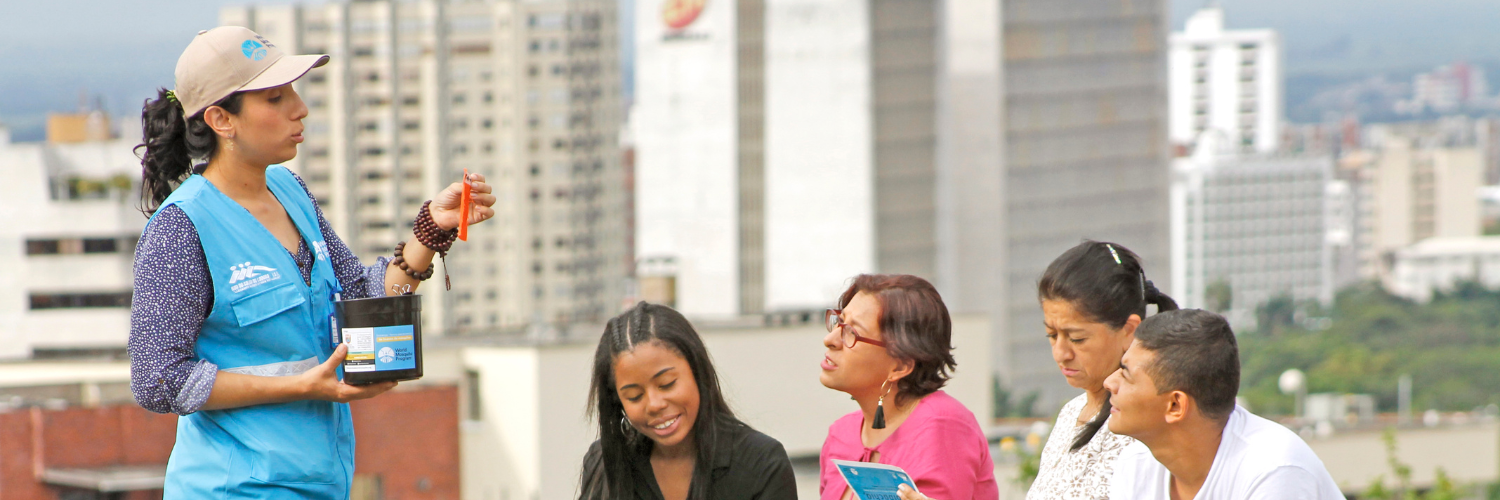
Published Date: 23 June, 2022
Like many others, I have spent the past two years working from home. And as I begin to venture out into the world again, I find myself reflecting on just how much has changed in a short time.
Last week, I flew to Medellín, Colombia for the first time in several years. At a personal level, it was a trip that helped me recognise just how far the World Mosquito Program (WMP) has come in transforming our Wolbachia method from what was once a blue-sky idea into a life-saving reality.
My first glimpse of Medellín in 2013 was the breathtaking view of the Aburrá Valley that greets visitors as they drive from the regional airport – nestled high in the mountains – down a long, winding road into Colombia’s second most-populated urban area. The region is home to more than three million people, and it covers close to 500 km2.

In 2013, I recall feeling distinctly intimidated by the challenge that lay below. After decades of laboratory research, WMP was conducting its first large-scale releases of Wolbachia in Australia, and we had not yet launched our gold-standard randomised controlled trial in Yogyakarta, Indonesia – an essential step toward demonstrating that Wolbachia is, in fact, highly effective in eliminating the transmission of dengue and other mosquito-borne viruses.
As I caught my first glimpse of the valley last week, I realised that my initial apprehensions had been replaced with a tremendous sense of pride and satisfaction for just how far we have come on our journey as an organisation over the last six years.
Today, the three million residents of the valley are living under the protection of Wolbachia. Dengue cases are at an all-time low, and we expect that they will rapidly decline toward zero over the next few years.

Moreover, Medellín is now home to the world’s largest operating mosquito factory – a facility capable of producing more than 40 million Wolbachia-carrying mosquitoes per week.
For the vast majority of people who know little about insects, this might not sound like a great achievement. After all, we’re used to being bitten by mosquitoes and we know how hard it is to stop them. But to an entomologist, the task of producing tens of millions of high-quality eggs or young adults, week after week after week, for concentrated release into the wild requires a finely tuned process and an incredible commitment to quality.
Medellín has shown us that it can be done, that we can design and implement the tools and systems required to scale a life-saving technology to the 4 billion people worldwide who live at risk of mosquito-borne viruses. And I am incredibly proud of our Colombian team, whose tireless dedication to our mission has made our success possible in Medellin and now in other Colombian cities like Cali.

I am now more confident than ever that we will succeed, extending our Wolbachia method to the rest of the nation and using our facility in Medellín to deliver mosquitoes to other countries across Latin America. I’m also incredibly grateful for the support that national and local governments across Colombia and the region are providing to our efforts.
We still have many challenges ahead of us, but I am absolutely confident that we can address them because I know just how far we have come.
Scott O'Neill

